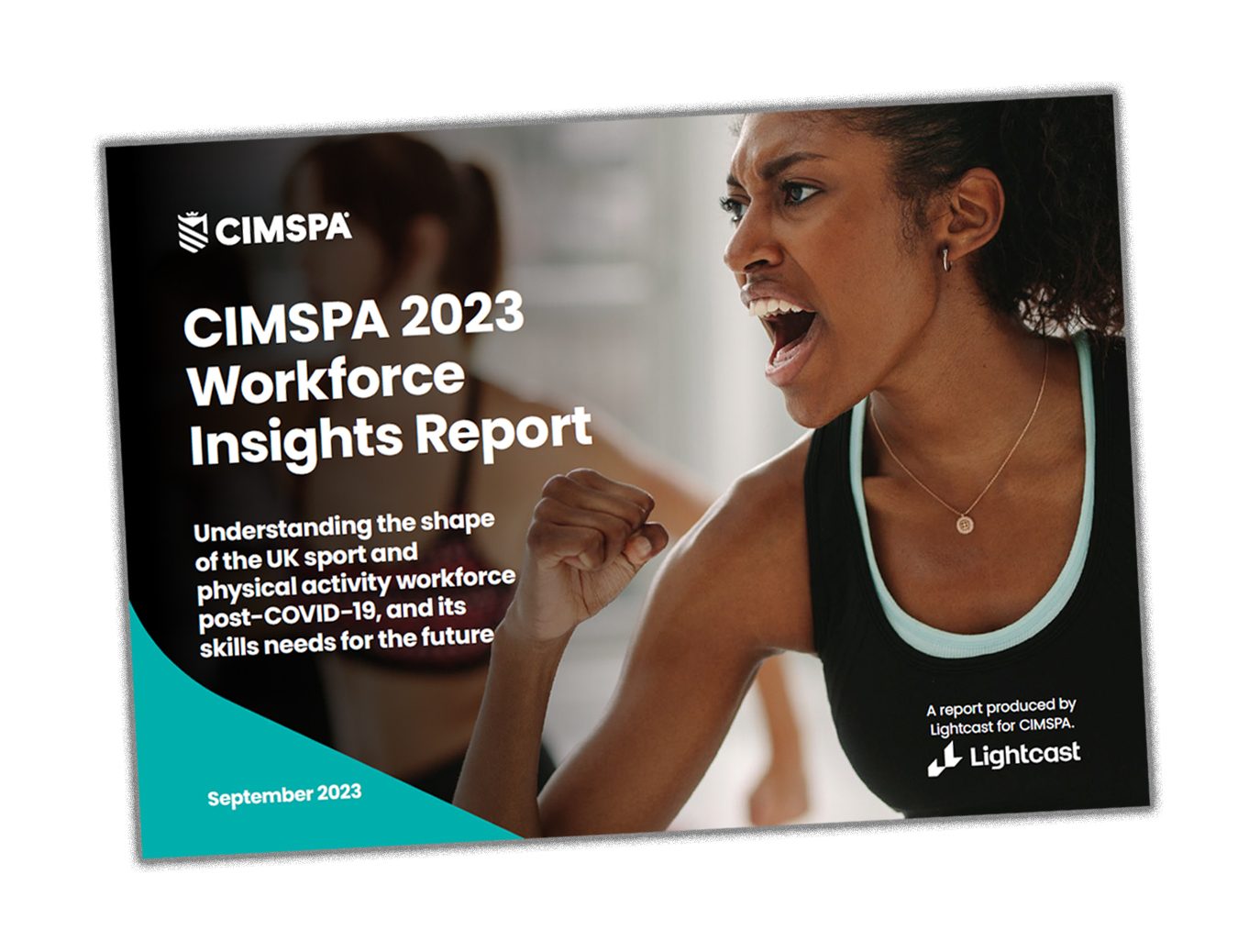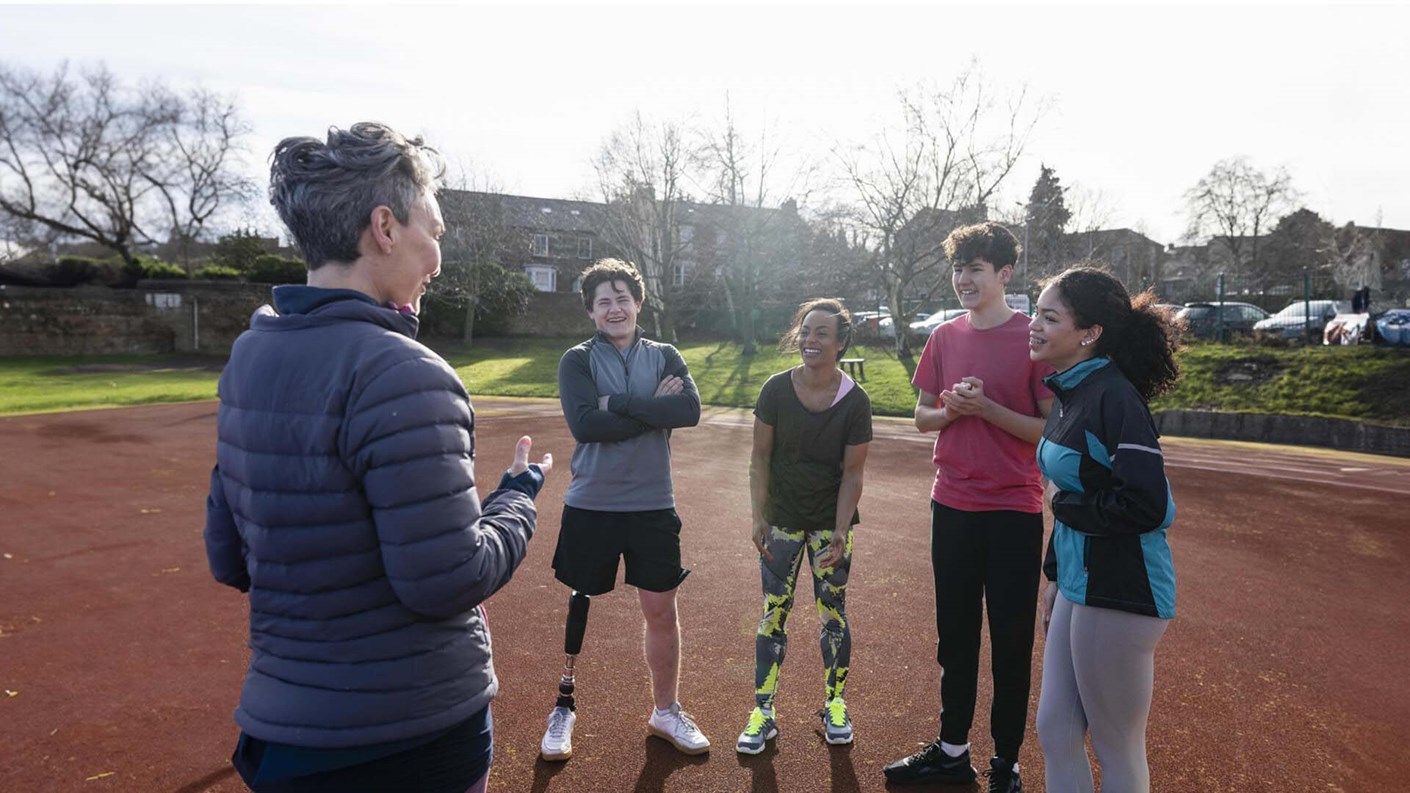
Download Workforce Insight Report
Each chapter of the report answers a different research question related to the sport and physical activity workforce:
Chapter 1 - Introduction
Chapter 2 - Quantifying the sport and physical activity labour market
The sport and physical activity workforce has undergone a significant evolution in the last couple of decades, but particularly so in recent years owing to the unprecedented impact of the COVID-19 pandemic.
Key Insight - An important source of employment
As of 2022, the sport and physical activity (S&PA) workforce accounted for 586,000 jobs. This figure sits alongside research which suggests there are over 3 million coaches (paid or volunteers) involved in the sector.
Chapter 3 - Workforce demographics
This chapter investigates the demographics composition of the sport & physical activity workforce and how this compares to the wider UK workforce. The aim of this investigation is to provide insights on the state of the workforce delivering in S&PA roles across multiple dimensions, from age and gender to ethnicity, disability, and socio-economic status.
Key Insight - Socio-economic
Compared to the wider workforce, the S&PA workforce has a higher proportion of workers in lower socio-economic groups (LSEGs), driven by higher shares of students and semi routine occupations (28% vs 23% workforce-wide). S&PA occupations also have a higher proportion of small employers and own account workers (23% vs 9% workforce-wide) consistent with the importance of freelancers to the sector.
Chapter 4 - Recruitment activity for the sport and physical activity occupations
Focusing on recent trends in recruitment activity of core roles, with particular attention to the impact of the COVID-19 pandemic. It provides an innovative perspective on recent developments in the S&PA professions as it is carried out using Lightcast’s job postings data.
Key Insight - Advertised salaries remain low but are rising
Median advertised salaries for almost all S&PA occupations have grown closer to the average of all occupations, since 2019. However, in all cases advertised salary remains lower than the workforce average with its distribution being heavily concentrated at the lower end of the scale. This makes S&PA occupations less attractive than other roles, which, in turn, negatively affects the ability of the sector to attract and retain talent.
Chapter 5 - Skills of the sport and physical activity workforce
Skills are the essential building blocks of every job. In most cases, they are the defining characteristics that distinguish a role from others in the workforce. However, skills are not static. In an ever-changing economy, the necessary skills required for job roles are constantly evolving, even if the job title, and the worker, remains the same. For the sport and physical activity sector, this is no different.
Key Insight - Defining skills for S&PA
Across the S&PA occupations, eight skill areas were identified as being defining. These are general instructing ability, first aid, lifeguarding, sport specific coaching, knowledge of sport disciplines, physiological knowledge, fitness professional recognitions, and working with children and other vulnerable participants. 62% of all S&PA job postings in 2022 contained at least one of these ‘defining’ skills, compared to 9% for all occupations. Different combinations of these skills vary in importance for the different S&PA occupations.
Chapter 6 - Regional presences
Up to this point, all of the analysis in this report has been conducted at the UK national level. However, what is considered ‘the labour market’ is in practice a set of distinct regional labour markets, each with their own dynamics of supply and demand, driven by economics and social trends much wider than any one industry.
Understanding the sport and physical activity labour market therefore requires an investigation as to its composition in different parts of the UK.
Key Insight - Recruitment activity higher across regions compared to pre-pandemic
Numbers of postings have grown in almost all regions, relative to pre-pandemic levels. This suggests that regions may have endured broadly similar dynamic S&PA labour markets post-COVID, and have faced similar challenges in terms of recruitment and retention.
Chapter 7 - Concludes and sets out CIMSPA’s high-level policy recommendations based on the research
Above is just a taster of the type of information and insights you can expect to find in the CIMSPA Workforce Insight Report 2023.
Take a look for yourself below.
Download Workforce Insight Report

